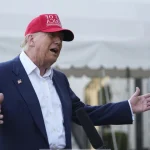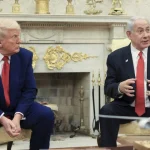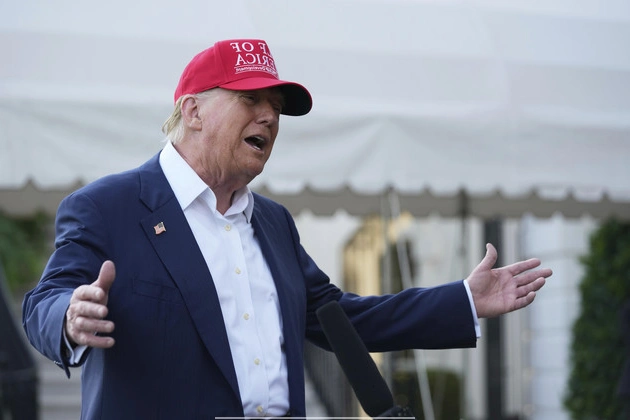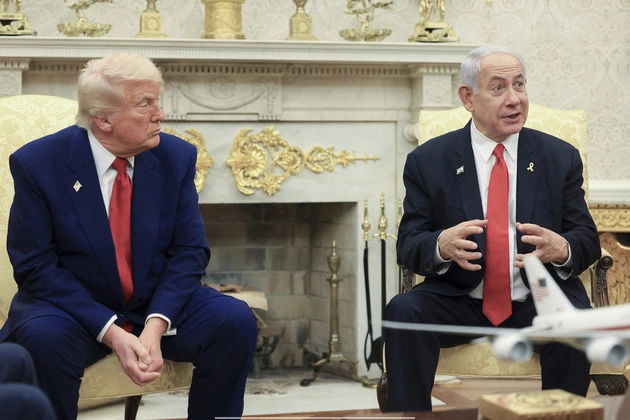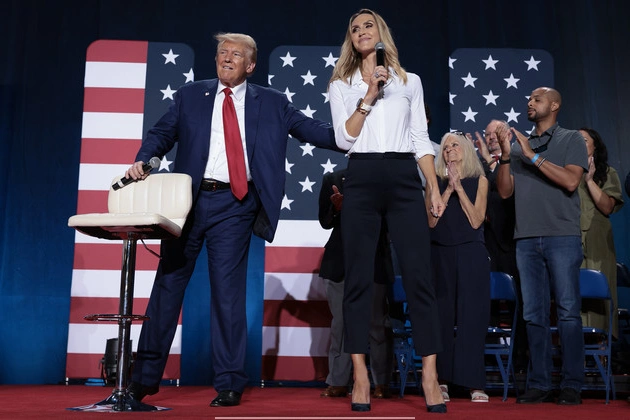
President Donald Trump’s recent actions regarding tariffs have stirred global economic concerns, particularly in the context of US-China trade relations. While Trump has stepped back from a full-fledged trade war, his decision to raise tariffs on Chinese goods to 125 percent signifies a significant shift in international trade dynamics.
The Impact on Global Economies
Trump’s tariff escalation with China has the potential to disrupt the world economy, affecting not only the two largest economies but also other global players. The imposition of high tariffs could lead to price hikes on consumer products and disrupt supply chains that rely heavily on Chinese imports.
Historical Parallels
Analysts have drawn comparisons between Trump’s tariffs and historical trade embargoes. The additional 125 percent duty on Chinese imports has been likened to past embargoes imposed during the Mao era, highlighting the severity of the current trade tensions.
Economic Predictions
Economists have expressed concerns that the tariff increase on China may counteract any potential economic benefits from pausing tariffs on other trading partners. The inflationary impact of these tariffs could have far-reaching consequences on both domestic and international markets.
Challenges in Negotiations
Despite Trump’s optimism about forcing Chinese President Xi Jinping to negotiate, Beijing’s response has been one of resilience. China’s strategy of standing firm against pressure indicates a challenging road ahead for trade negotiations between the two nations.
Political and Economic Reactions
Trump’s trade policies have elicited mixed reactions domestically and internationally. While some lawmakers view the tariff pause as a temporary respite, concerns remain about the uncertainty surrounding future trade agreements and their implications for various sectors.
Looking Ahead
The evolving US-China trade landscape underscores the need for a coherent and sustainable trade strategy. As tensions persist and tariffs fluctuate, the implications for global markets and key industries remain uncertain.
It is crucial for stakeholders to monitor these developments closely and adapt to the changing trade dynamics to mitigate potential risks and leverage new opportunities.
Note: This content is subject to periodic review and updates to ensure its relevance and accuracy.
